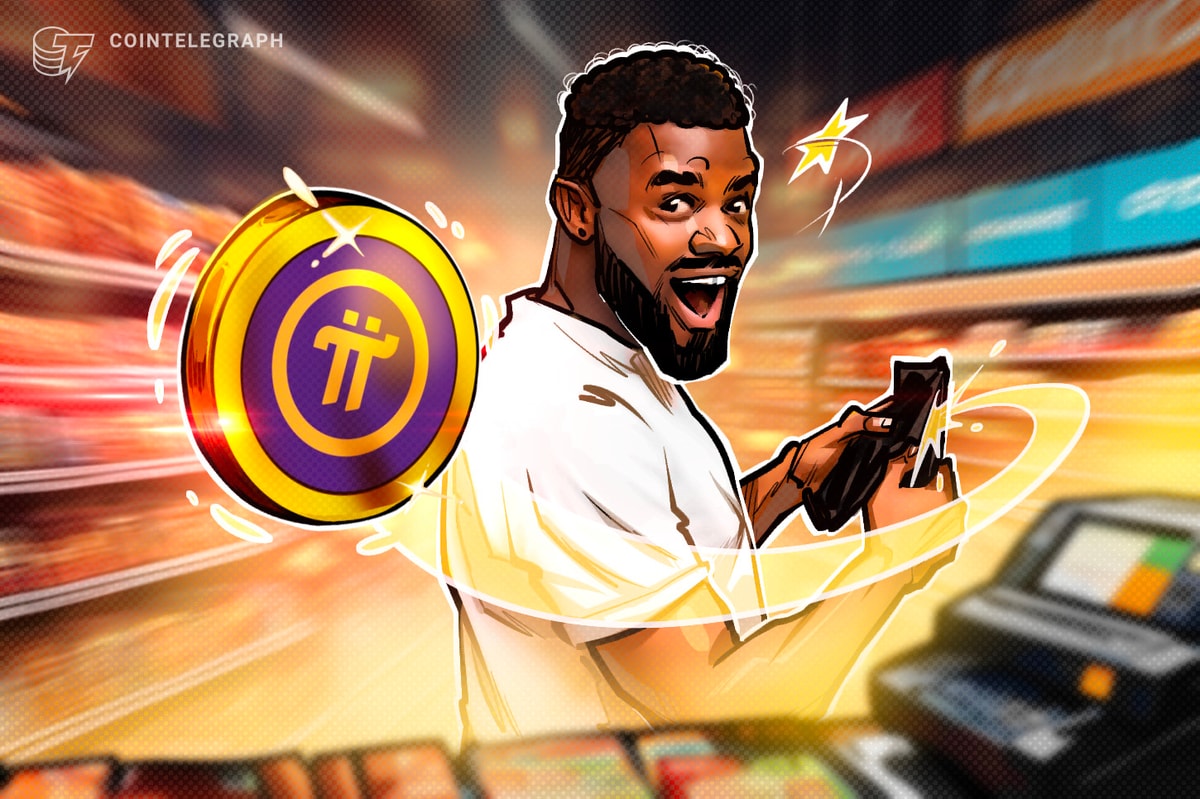Key takeawaysPi coin finally went live on open mainnet in February 2025, unlocking real-world use cases after years in closed beta.You can spend Pi co
Key takeaways
-
Pi coin finally went live on open mainnet in February 2025, unlocking real-world use cases after years in closed beta.
-
You can spend Pi coin, but mostly within P2P communities and KYC-verified Pi apps — mainstream adoption is still in its early stages.
-
Pi is now tradable on several CEXs, such as OKX, Bitget and MEXC, but Binance still hasn’t listed it despite 2 million+ user voters lobbying for the listing.
-
Merchant adoption is growing slowly, with real goods and services being exchanged for Pi in localized markets and app-based ecosystems.
Often described as a crypto for the people, Pi is a decentralized project that runs without the need for GPUs or gas fees. But five years since its closed mainnet launch in 2021, the million-dollar question still hangs in the air: Can you actually buy anything with Pi coin in 2025?
Let’s dive into the Pi Network’s real-world usability and answer what every Pi miner and curious crypto observer is wondering: Does Pi coin work in real life, or is it still just theoretical digital dust?
What is Pi coin, and what’s driving the attention around it in 2025?
Launched in March 2019 by a trio of Stanford Ph.D.s — Nicolas Kokkalis, Chengdiao Fan and Vincent McPhillip — the Pi Network set out to solve one of crypto’s core problems: accessibility.
Unlike Bitcoin or Ethereum, which require specialized hardware to mine, Pi coin was designed to be mined directly from a smartphone, without draining battery or data. The idea? Democratize crypto from the palm of your hand.
The Pi Network quickly went viral, spreading through invitation-only mining that created a sense of exclusivity and social virality. By 2021, the app had surpassed 20 million engaged users, or “Pioneers,” and by late 2023, that number had reportedly hit 47 million, making it one of the largest pre-mainnet crypto communities in the world.
Here’s a quick timeline of key moments:
-
March 2019: The Pi Network launches a beta version of its app on Android and iOS.
-
2020–2021: User growth accelerates through referrals; Pi phases move toward testnet.
-
December 2021: Closed mainnet goes live; Pi transactions remain within the ecosystem.
-
2022–2024: Over 100 Pi apps are built for testing in the closed economy.
-
February 2025: Pi Network officially launches its open mainnet, enabling blockchain interaction with the outside world.
This long-awaited mainnet move opened the doors for Pi (PI) coin to be listed on centralized exchanges (CEXs) and used outside its sandbox — finally bringing the project closer to its goal of becoming a real digital currency for everyday use.
From an ambitious student project to one of the most downloaded crypto apps ever, Pi Network’s journey has been anything but ordinary. But now that the tech is live and tradable, the big question is: Can you actually use Pi coin to buy things?
Did you know? Over 2 million users voted for Binance to list Pi coin — and yet, Binance has remained completely silent. Despite Pi Network boasting 47 million users and a fully launched mainnet, the world’s biggest exchange hasn’t budged. Why? Some say it’s a lack of decentralization. Others point to the controlled KYC rollout. Either way, it’s a reminder that in crypto, even a viral army can’t force the gatekeepers to open the doors.
Where can you buy Pi coin in 2025?
Following the launch of Pi Network’s open mainnet in February 2025, Pi coin has become available for trading on several cryptocurrency exchanges. As of April 2025, Pi coin is listed on the following exchanges:
-
OKX: One of the first to list PI, offering trading pairs such as PI/USDT.
-
Bitget: Provides PI trading with liquidity and user-friendly interfaces.
-
MEXC: Another early adopter, supporting PI trading pairs.
-
BitMart: Supports PI trading, though some listings may be IOUs.
-
HTX (formerly Huobi): Has listed PI, though it’s based on IOU listings.
Despite community efforts, including over 2 million votes in favor, Binance has not listed Pi coin as of April 2025. Concerns over blockchain compatibility, transparency and regulatory issues have been touted as reasons for the hesitation.
Did you know? Many Pi coin listings on exchanges are actually IOUs, which is not the real deal. These “I Owe You” tokens are speculative placeholders that aren’t backed by mainnet Pi, meaning you can’t withdraw or use them within the Pi Network ecosystem. It’s like trading a movie ticket for a film that hasn’t even premiered yet. Always check whether you’re buying the actual PI token or just a promise.
What can you actually buy with Pi coin?
Here’s where things get real (or not so real). While you might not be buying a Tesla with Pi (yet), the Pi community has been documenting purchases such as:
-
T-shirts, mugs and phone accessories
-
Freelance graphic design services
-
Basic electronics and gadgets
-
Food, drinks and small restaurant meals (in localized Pi events)
-
Handmade crafts and collectibles.
The catch? Most of these…
cointelegraph.com
